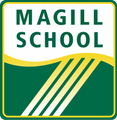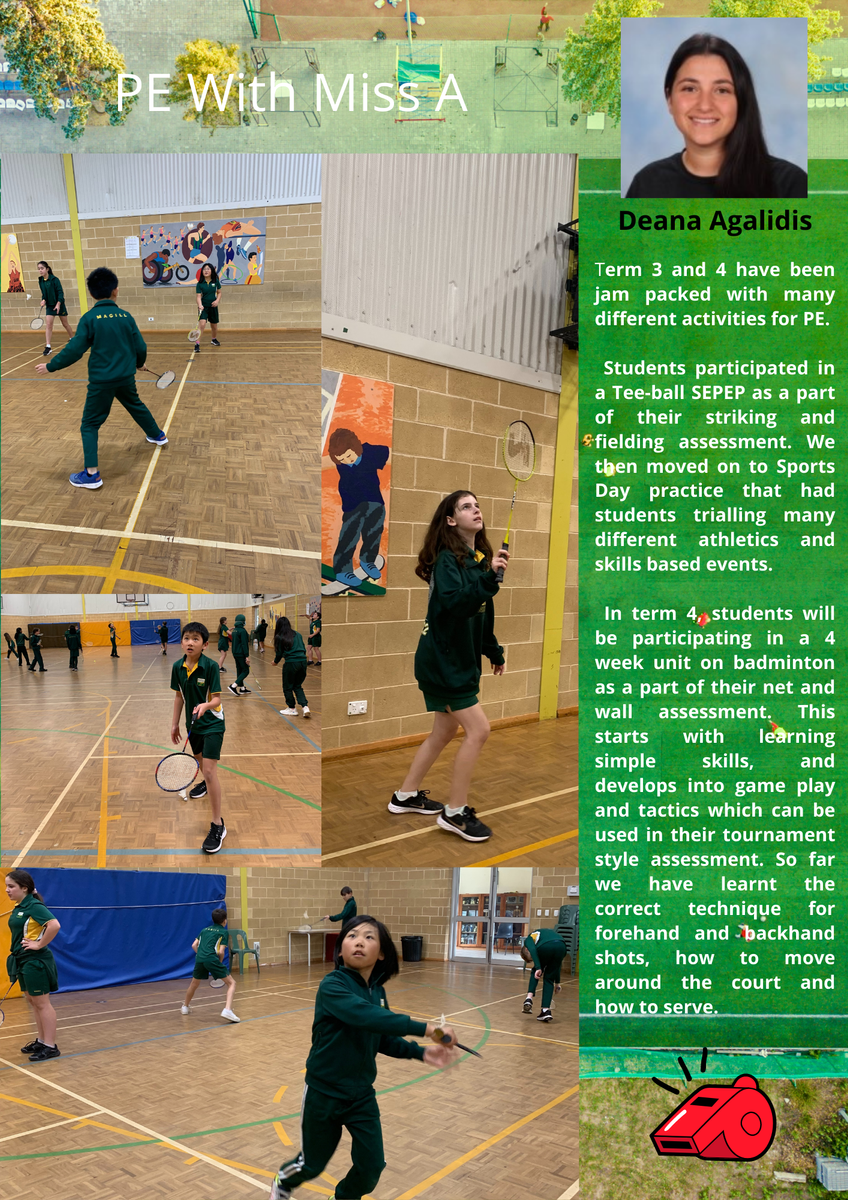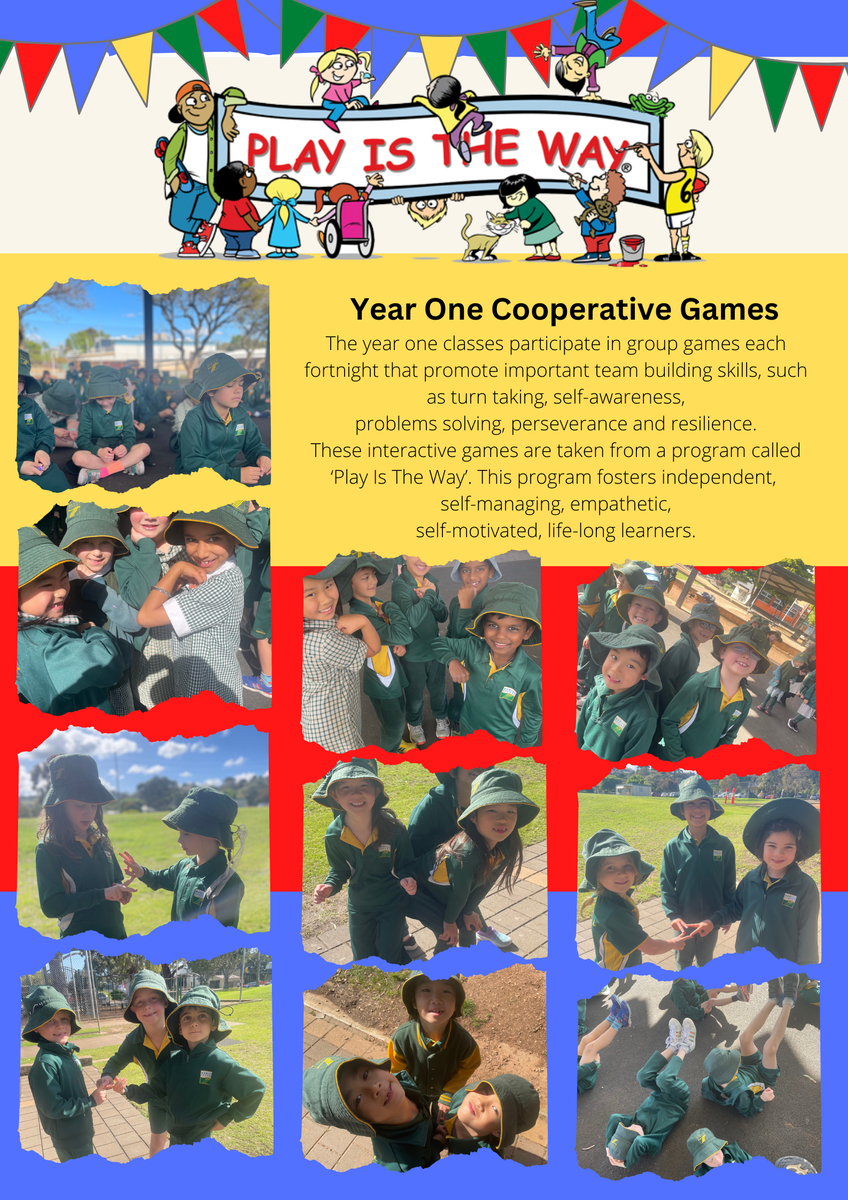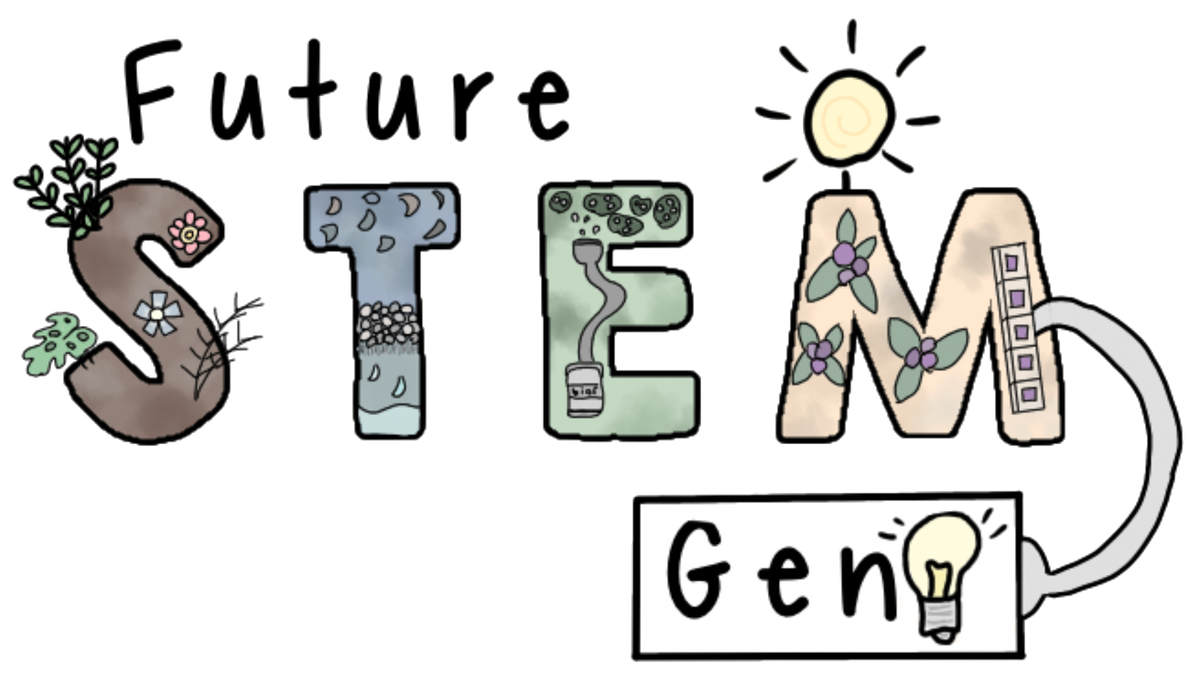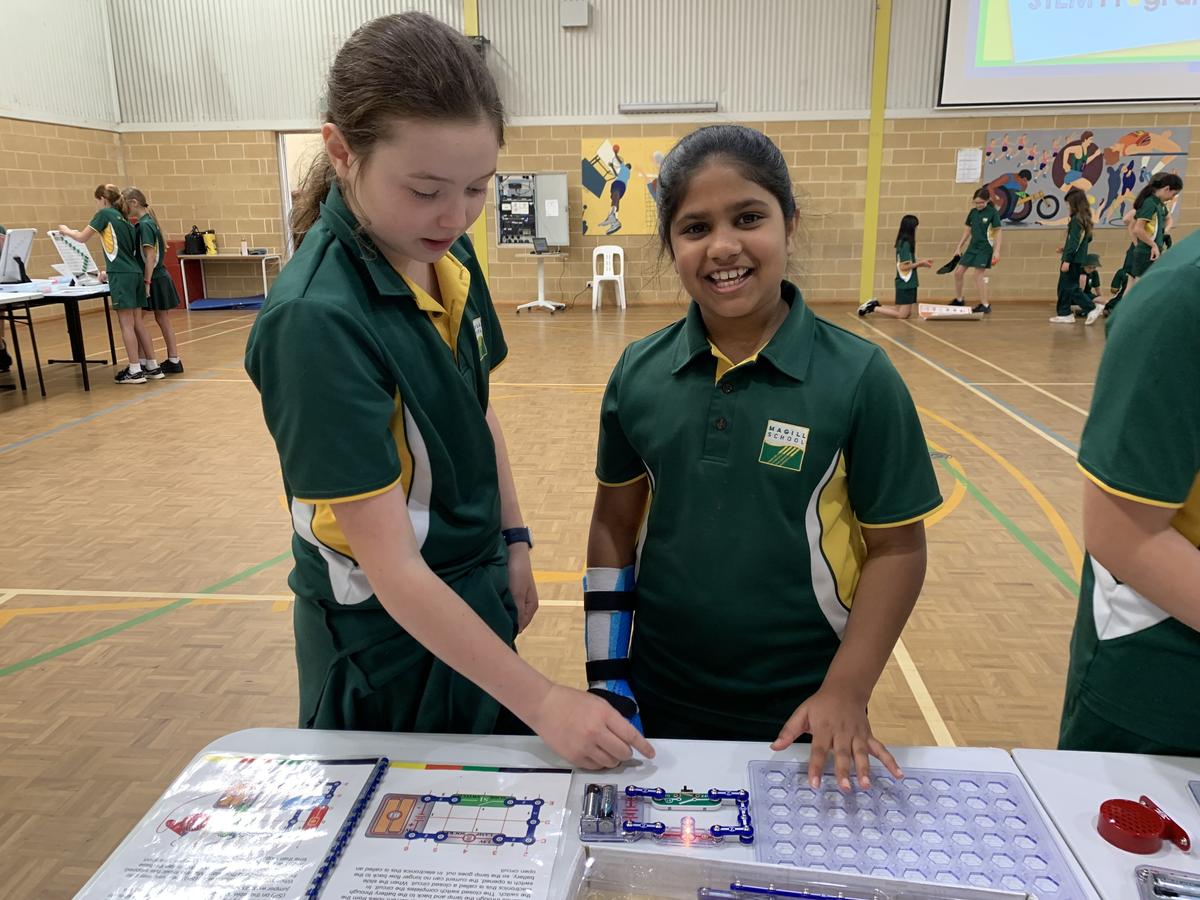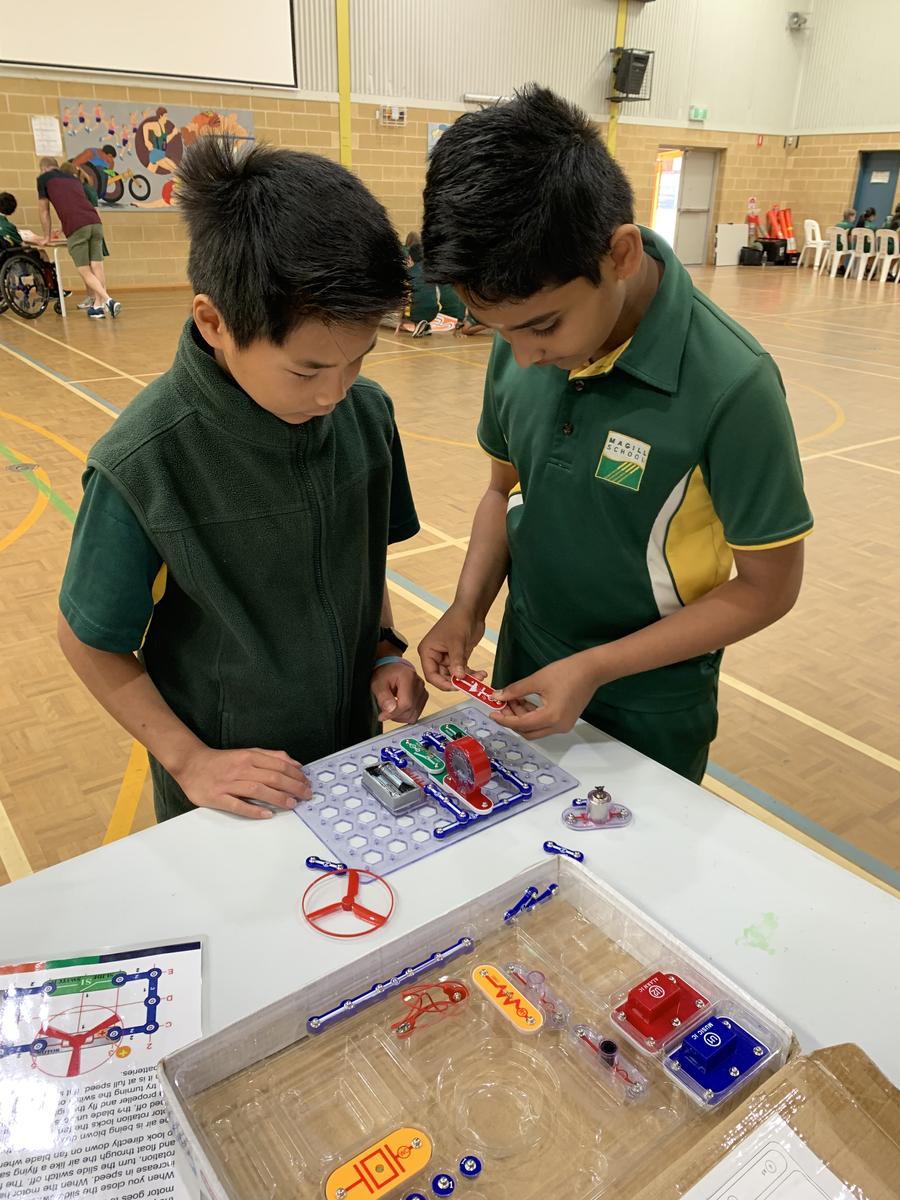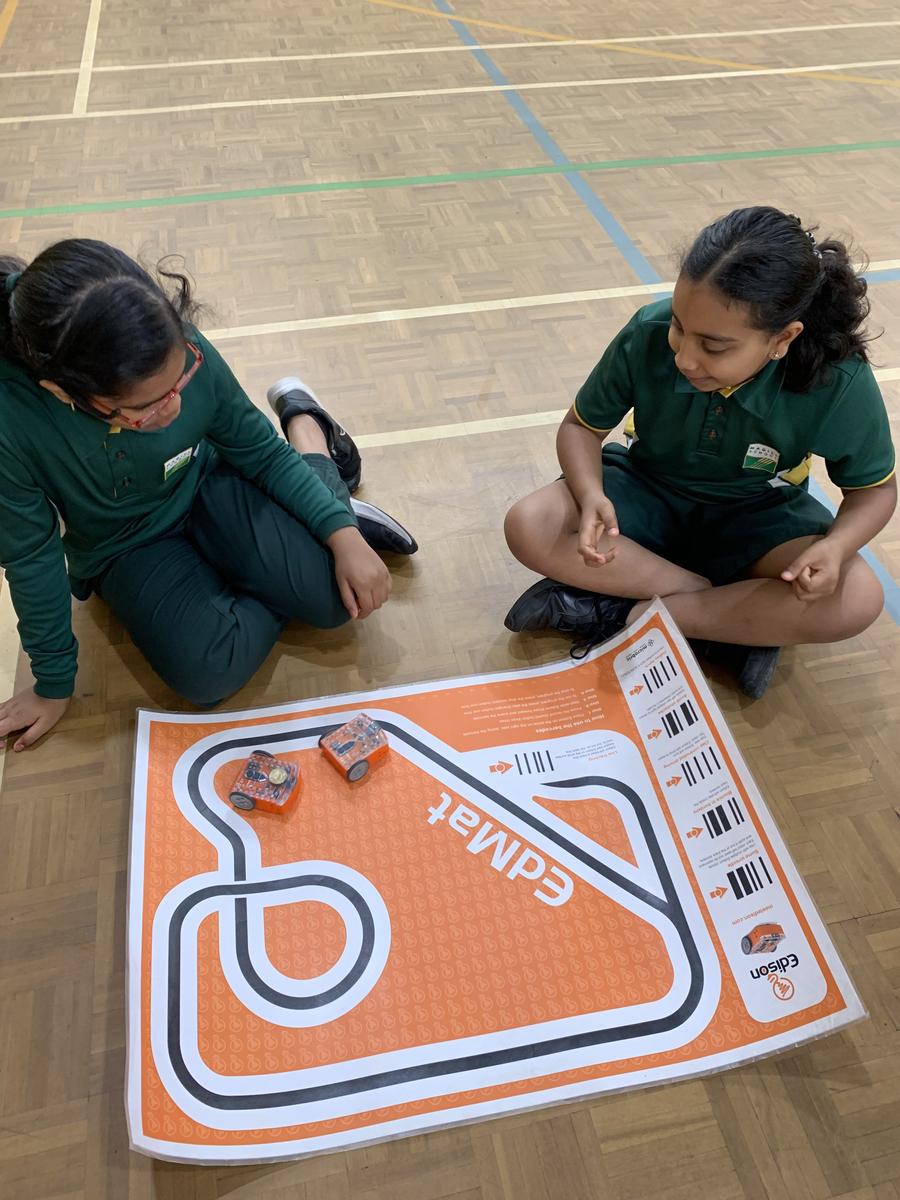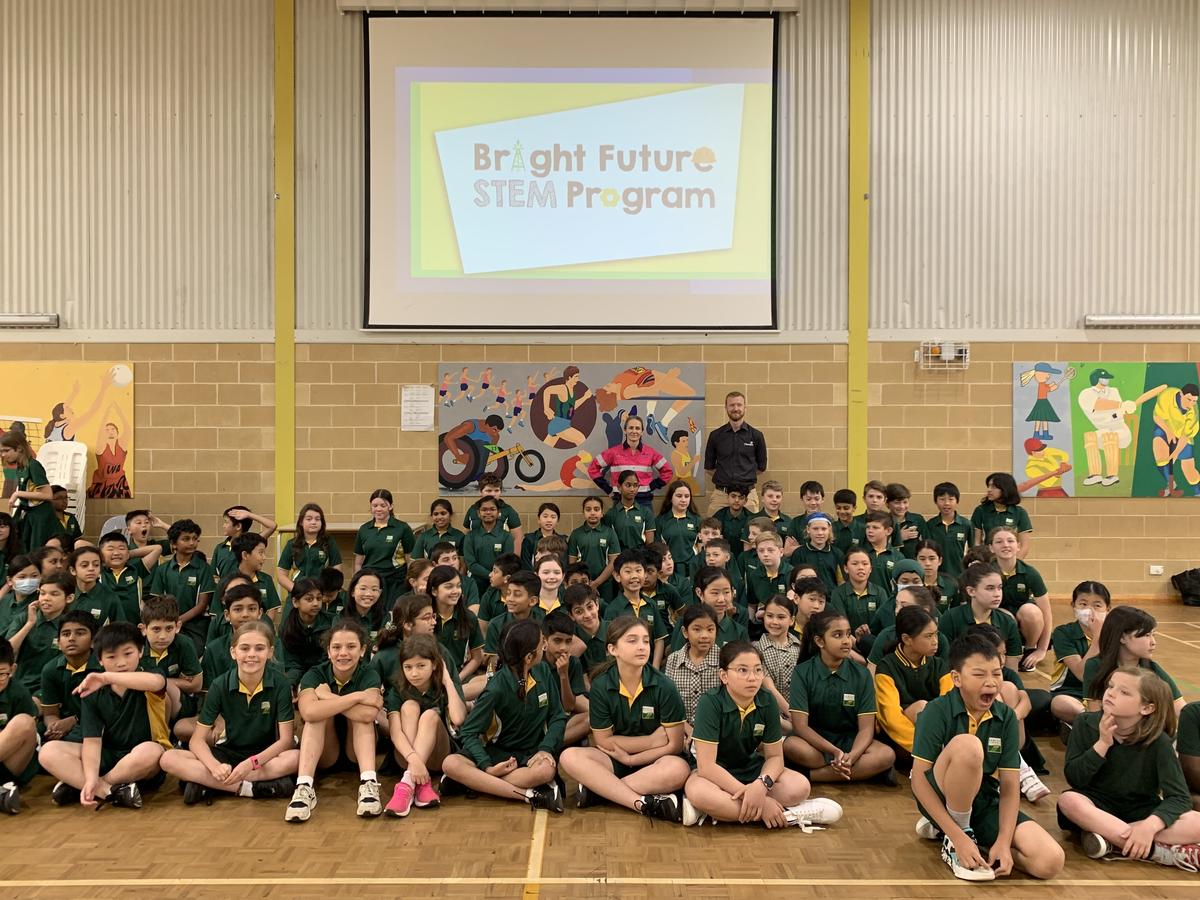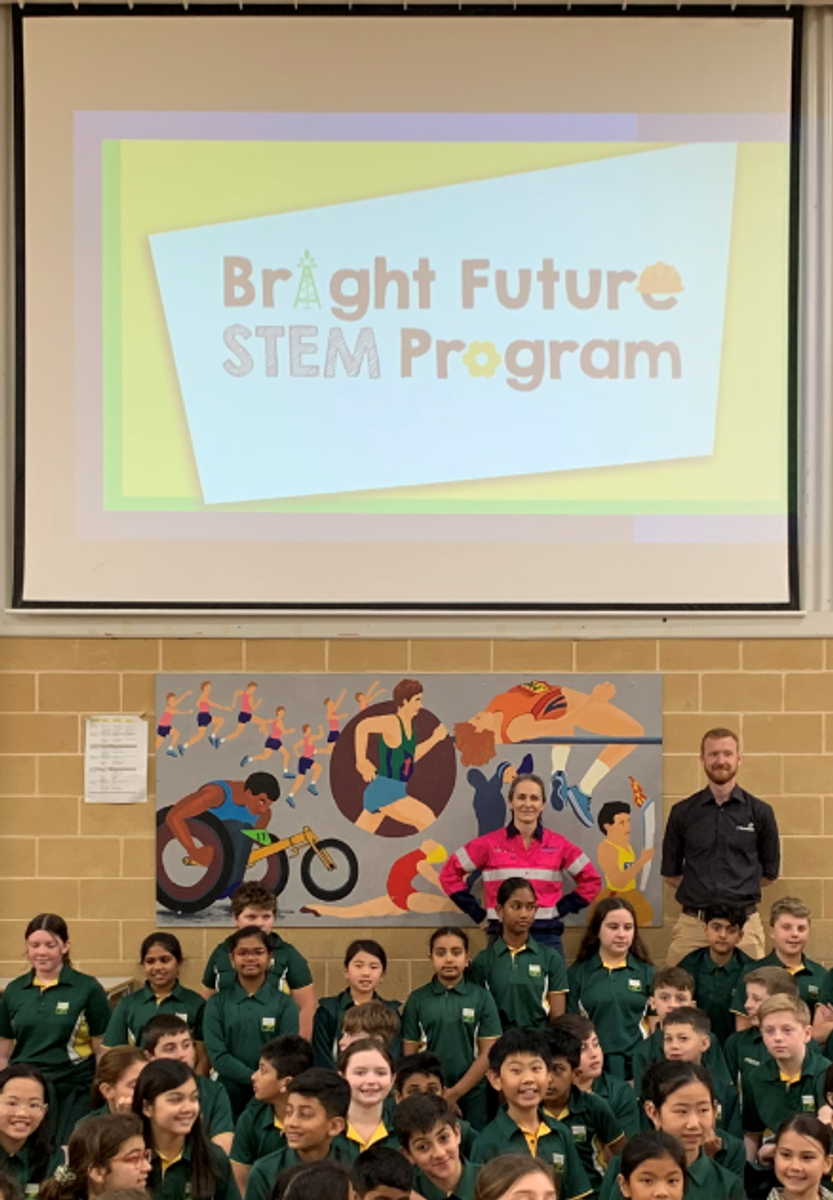Student Learning
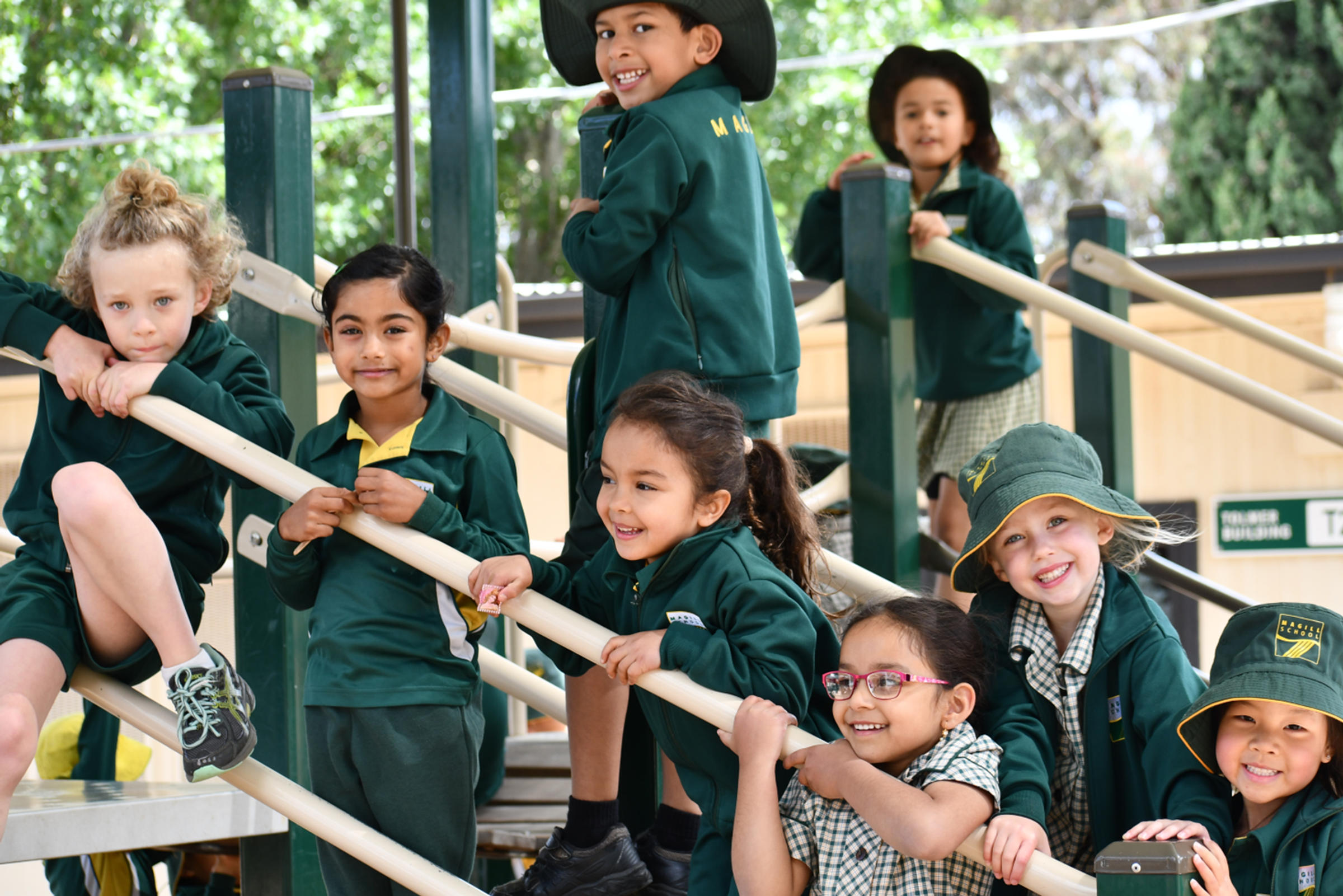
Statistics and Probability in F4
This term in F4 we are learning about Statistics and Probability in mathematics. Within the area of data, after some initial learning about the mean, mode, median, outliers and range, we are moving into the process of developing surveys, gathering, plotting and the presentation of data.
Using Google Sheets, students are developing their Digital Technology skills by presenting data as line and bar graphs. Students have been discussing chance events, the language of probability and studying the relationship between probability, fractions, decimals and percentages. Learners will conduct probability experiments and scenarios, and analyse the difference between observed and theoretical frequencies of certain outcomes. Learning tasks will require them to construct formal ways of collecting and representing their predictions and outcomes. The culmination of this unit of work will focus around transferring new knowledge into a real-world activity where students will plan for and organise the end of year celebration by surveying, collecting/presenting data and working out a budget.
To link in with maths, on Tuesday this week, the Year 5 classes were fortunate enough to have a team from Bright Futures, come to Magill School and run a STEM session for students. With a focus on engineering and the mining industry, students participated in a range of activities from electrical circuits, coding, robotics, building and the ever-popular VR scenario. The scene they were presented with was an underground mine and watching their reactions was amazing.
With the looong holidays coming up, I have included a list of incidental math activities that could be incorporated into time that you may spend with your child/ren: What real world activities to transfer my child’s mathematical learning?
- Encourage your child to look for mathematical transformations in real life, for example tessellation designs and business logos.
- Hold conversations with your child about how congruent pictures or objects may have transformed in a real life situation (for example, of animated GIFs) whether translated (moved), rotated (turned), reflected (flipped), enlarged or reduced.
- Play games that involve coordinate systems, for example ‘battleship’ and emphasise the importance of the Cartesian (x- and y-) planes (reading a map at the zoo).
- Hold discussions about time of travelling and predicted arrival times when travelling in personal or public transport, for example engaging your child with questions about the plane/bus timetable.
- Provide your child with opportunities to manage a simple financial plan involving gain (profit) and loss.
- Discuss the importance of budgeting in everyday life. Have your child assist with decision-making at the supermarket
- look for the ‘best buy’ between different brands of the same item and different sizes of the same item. - Encourage your child to assist in calculating discounts of sale items (percentages).
- Broaden mathematical language by using alternative phrasing in different scenarios. Some examples: ‘quarter to’ with time, ‘three quarter clockwise turn’ as opposed to ‘270 degrees’ with rotation.
- Look at the nutrition table on food labels – how much fat, sugar, salt - and deciding on the healthiest choice (reading data). - Continue to build fluency and automaticity with times tables. Encourage your child to make links to division. - Once again, it’s all about the language and encouraging students to use the language of maths is the key to retention and recall as they move up in year levels.
Julie Greenfield
F4 Teacher
Year 4 Book Week Coding Competition
This year our Year 4 students participated in the Scratch game making competition.
Students had to design and code a game which had a link to one of the Children’s Book Council of Australia shortlisted books for 2022. This could include making a game based on the plot, characters or setting of any of the shortlisted books.
Some of the books students created games from were: Walk of the Whales, Winston the Indoor Cat, Iceberg, Stellarphant, Jetty Jumping and The Boy Who Tried To Shrink His Name.
Over the year students spent time planning, designing and creating their games. Students helped each other with the coding and artwork along with providing feedback on ways their game could improve.
In week 10 last term students played each other’s games and voted on their favourite, based on the following criteria: game design, artwork, coding and story telling.
Students who received commendation awards for the excellent artwork in their games were:
Scarlett P - F8
David C - F8
Chanelle J - M5
Janice C - M5
Airlie W - M4
Millie H - M4,
Oliver S - F9,
Lola T - F9
Anveksa K - F10
Joshua L - F10
The final competitions winners:
1st Place - Chenu S - F8
2nd Place (tied) - George N - M5
2nd Place (tied) - John L - F8
3rd Place - Ava G - F8
The year 4 teaching team of Finn Fitzgerald, Maria Colarusso, Fiona Ryan, Lexi Bremner and Faith McKnight would like to congratulate all the students for their amazing work in this year’s competition.
